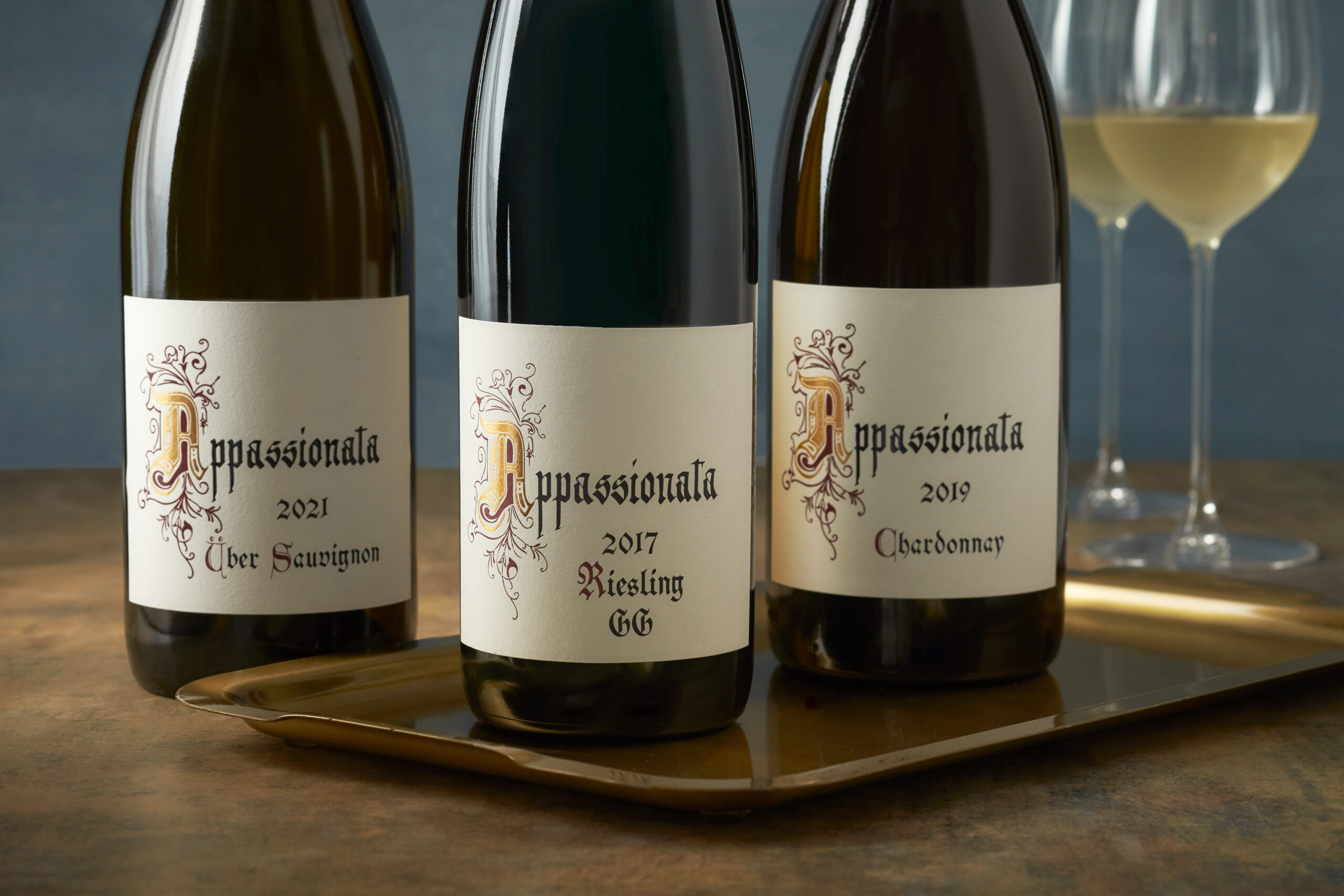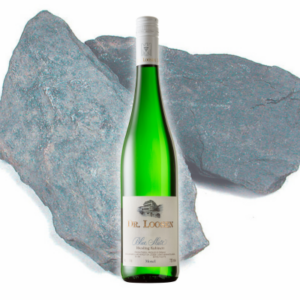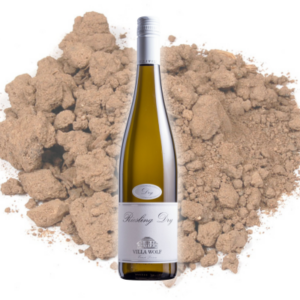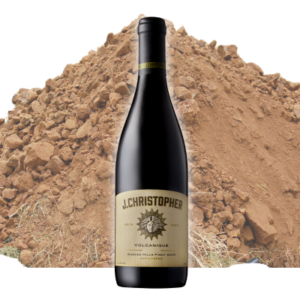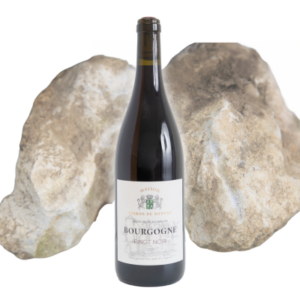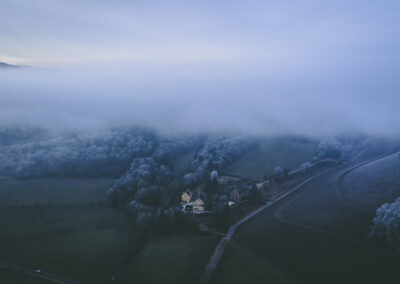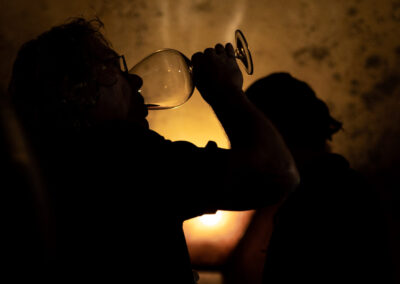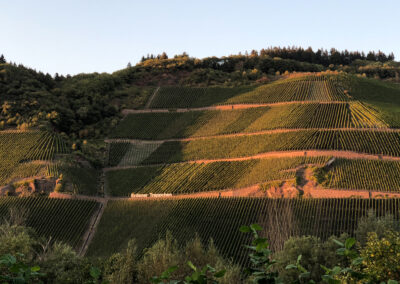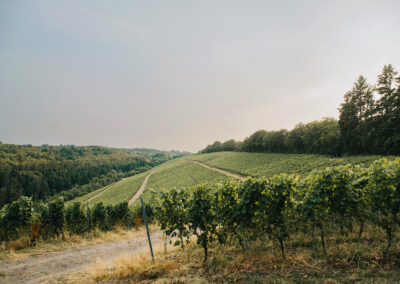At first glance, Riesling and Pinot Noir may seem like opposites––one is a bright, aromatic white, the other a silky, complex red. But look a little closer, and you’ll find they have more in common than you might expect. These two noble grapes are among the best at expressing terroir, thriving in cool climates where they develop remarkable depth and ageability. In the hands of Erni Loosen, a winemaker deeply rooted in historical techniques, both Riesling and Pinot Noir take on a whole dimension, proving that time, not technology, is often the greatest winemaking tool. Let’s explore how these varieties align when it comes to terroir, climate, and longevity.
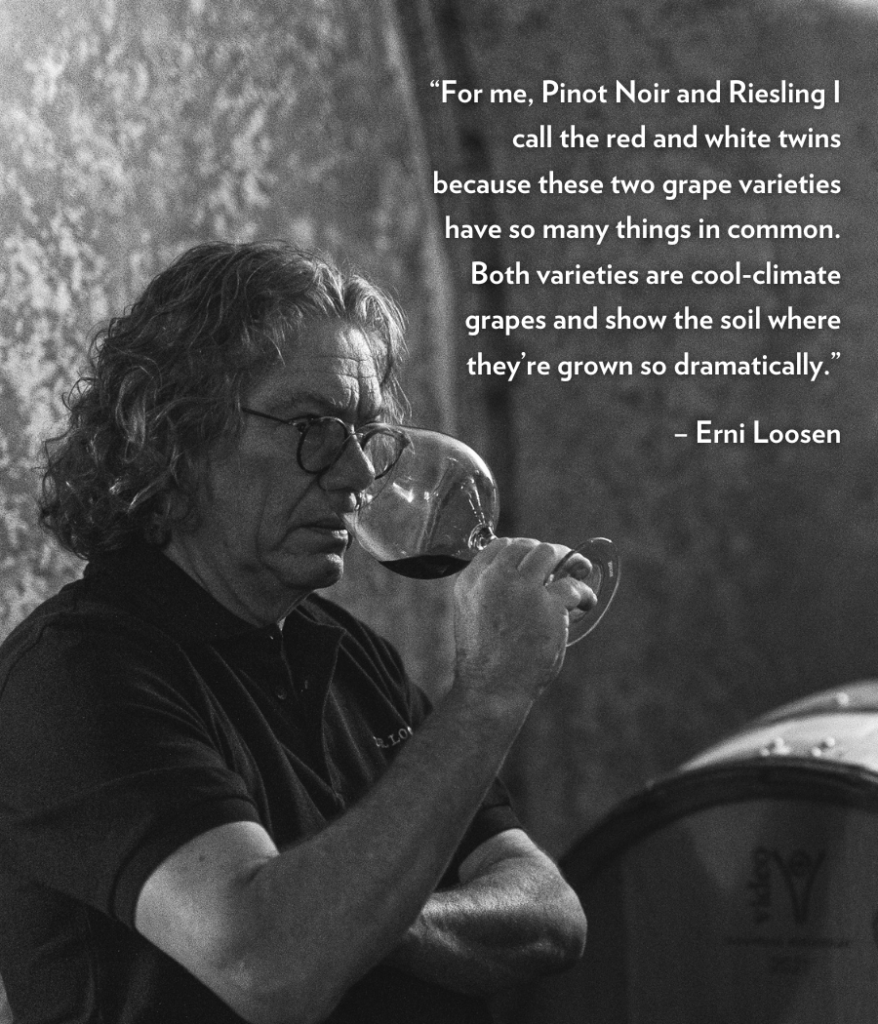
The Lens of the Land
Few grape varieties showcase their sense of place as clearly as Riesling and Pinot Noir. Both act as a lens, translating soil, climate, and vineyard conditions into the glass with remarkable precision. Riesling, with its bright acidity and lack of oak influence, vividly reflects the mineral composition of the soil––whether it’s the slate of the Mosel, which imparts distinct wet-stone character, or the limestone-rich sites of the Pfalz that enhance its structure and depth.
Riesling Reflections: Mosel vs. Pfalz
Dr. Loosen Blue Slate Riesling Kabinett
A brisk, juicy, low-alcohol, Kabinett-style Riesling from ancient Devonian slate soils in the Mosel Valley. This wine is bright and pure with vibrant white peach fruit and a floral, flinty minerality that is so typical of blue slate.
An engaging dry Riesling from the Rhine Valley, with fruity aromatics and a stony texture. It beautifully captures the peachy fruit and stony structure that are characteristic of Rieslings grown in the sandy loam soils and warm, sunny climate of the Pfalz.
Pinot Noir, on the other hand, expresses terroir through texture and nuance, absorbing the personality of its surroundings. A Pinot Noir from Oregon’s Willamette Valley and its volcanic and sedimentary soils often exhibit darker fruit and earthy, savory notes compared to the limestone-heavy vineyards of Burgundy that exhibit elegance and minerality. In both cases of Riesling and Pinot Noir, these wines are story tellers, revealing the land they come from in every sip.
Pinot Noir Perspectives: Willamette Valley vs. Burgundy
J. Christopher Volcanique Special Selection Pinot Noir
A special-selection Pinot Noir that beautifully displays the depth and elegance of the Dundee Hills appellation. The wine showcases the savory quality, the fruit purity, and the fine-grained texture that characterizes the deep, red volcanic clay of these hills.
Maison Perron de Mypont Bourgogne Pinot Noir*
A pure and delicately balanced expression of Burgundian terroir through its indigenous red grape variety. The wine shows a delicate red berry aroma, with a fine and focused texture on the palate. It is a pure and classic expression of Pinot Noir from its home in Burgundy.
*Maison Perron de Mypont is Erni Loosen’s newest winemaking venture in the heart of Burgundy. Interested in learning more about these wines? Message us for more info.
Cool-Climate Champions
Both Riesling and Pinot Noir thrive in cool climates, where a long growing season allows them to develop intricate flavors while maintaining their signature freshness and varietal character. Unlike warmer regions, cool-climate vineyards provide the ideal conditions for slow, steady ripening––enhancing both wine structure and expression of terroir.
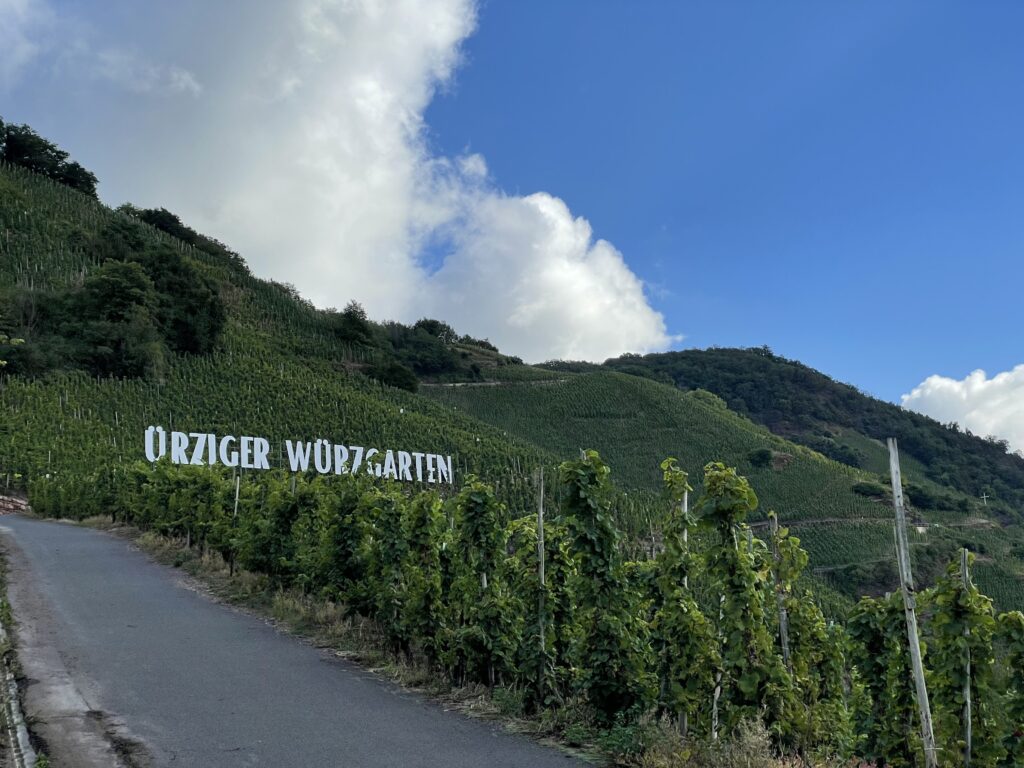
The Ürziger Würzgarten Vineyard
Riesling, one of the most resilient grape varieties, excels in cool climates like the Mosel Valley where steep slopes maximize sunlight exposure and the river offers a moderating influence. In these conditions, Riesling develops vibrant citrus and stone fruit flavors, coupled with striking minerality and electrifying acidity.
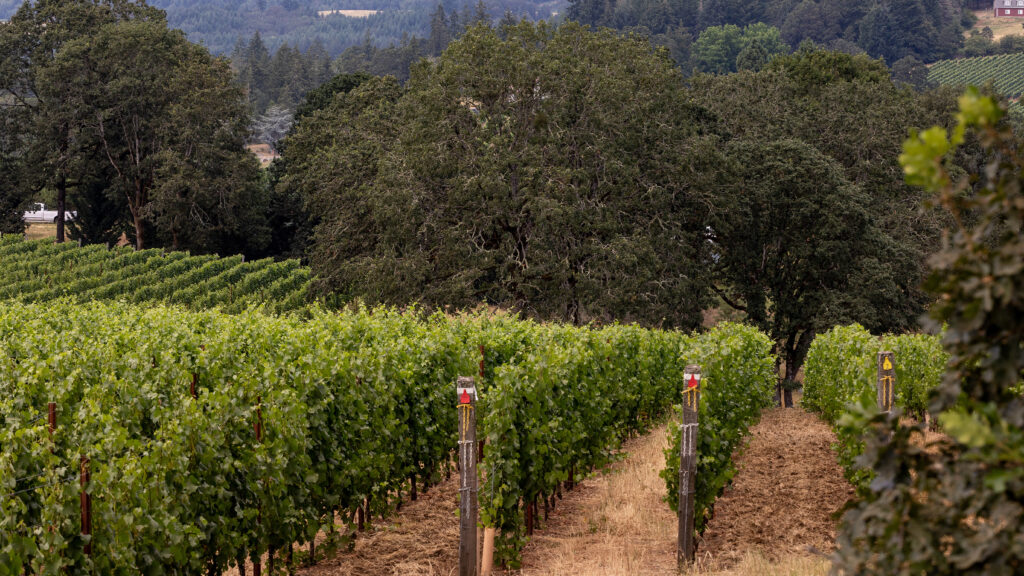
The Appassionata Vineyard in the Chehalem Mountains AVA
Pinot Noir, however, is more temperamental and requires the right balance of warmth and cooling influences to achieve full ripening potential. Too much heat and the grapes lose their delicate aromatics; too little, and they fail to ripen fully. The Willamette Valley, especially in the sub-AVA of the Eola-Amity Hills near Salem, benefits from Pacific Ocean breezes and long daylight hours in the summer, helping the grapes ripen slowly and develop structure and complexity. Both Pinot Noir and Riesling depend on their environments to reach their peak expression. Cool climates don’t just shape these wines, they define them.
The Beauty of Time
Pinot Noir and Riesling have remarkable aging potential, developing deeper complexity as the years pass. Riesling’s high acidity preserves its freshness for decades, allowing it to transition from vibrant citrus and florals to honeyed, petrol-like notes that add layers of intrigue. Pinot Noir, with its fine tannins and balanced acidity, takes on earthy, mushroom, and spice notes over time, revealing new dimensions with each passing year.
Erni Loosen has a deep respect for and fascination with historical winemaking. He embraces time as an essential ingredient, allowing his aged Rieslings and Pinot Noirs to reach their full expression and potential. Speaking of ageability, Erni shares his thoughts on the longevity of these varieties: “Both wines are fruit-driven when they’re young, and when they’re old they even have some of the same aromas. I think it’s a natural thing as a Riesling producer, that if there is going to be a red wine I produce it has to be Pinot Noir.”
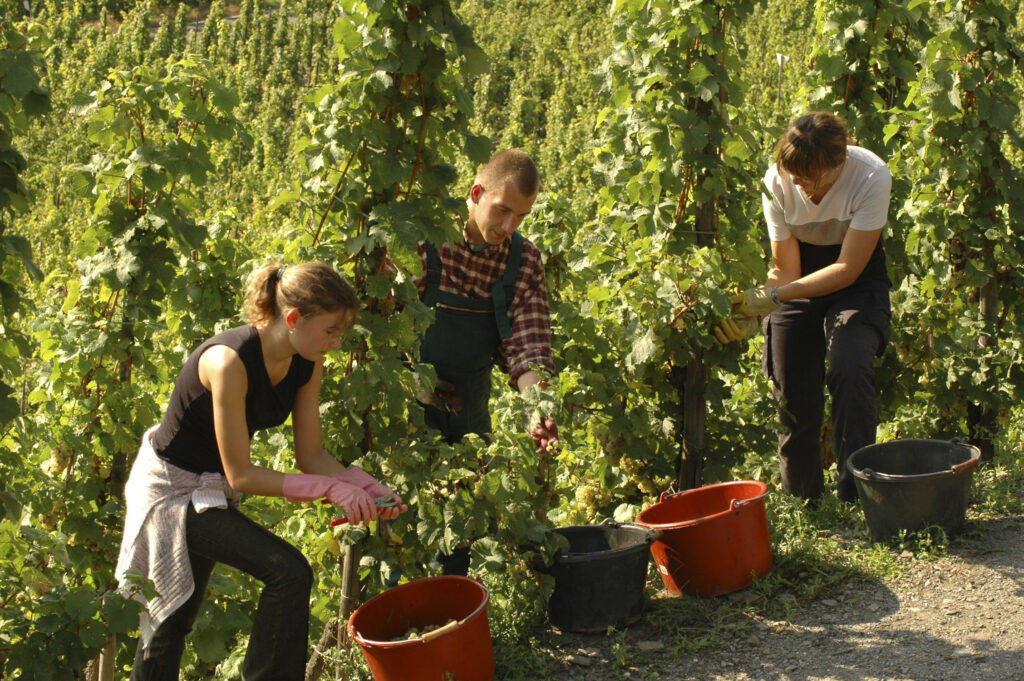
Dr. Loosen Harvest Crew at Work
A recent example of Erni’s historical winemaking is his Dr. Loosen “Tradition” Collection––a long-term project aimed at restoring pre-1971 German winemaking practices in a series of Prädikat wines. Since 2012, Erni has produced a single-vineyard Kabinett, Spätlese, and Auslese in each vintage, following historical practices. As with his GG Réserve Rieslings, these wines are held for two years in barrel on the full lees and are not released until 10 years or more after the vintage.
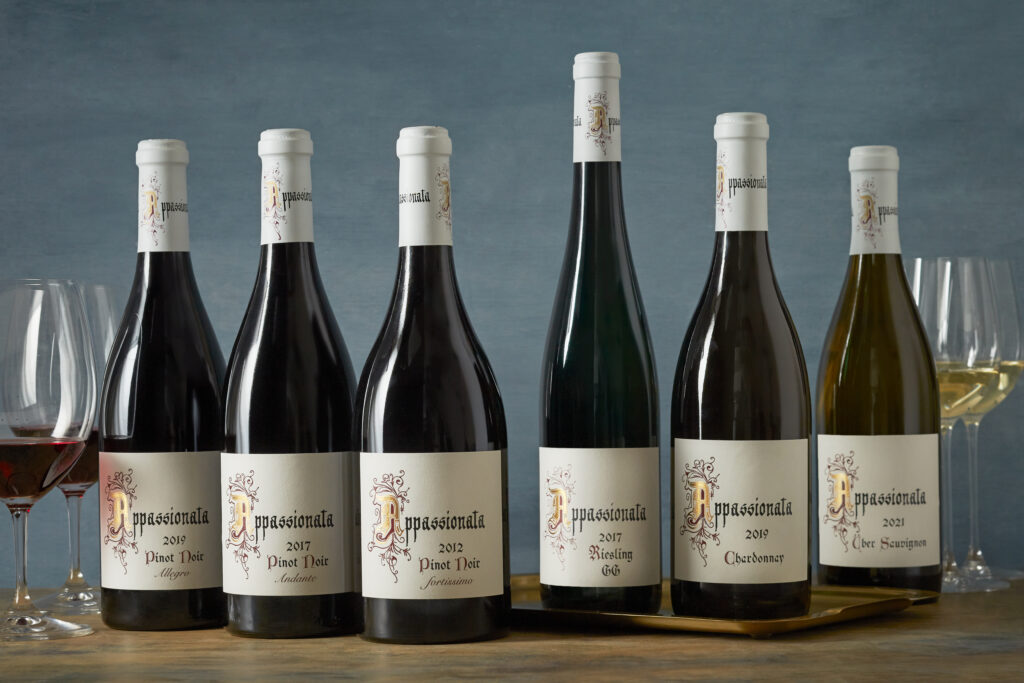
The Full Suite of Appassionata Wines
These historical practices are not reserved for Germany, as Erni has brought this patient winemaking approach to Appassionata Estate, his winery in Oregon. Appassionata wines, a collection of Pinot Noirs, Chardonnay, and Riesling, vividly express their origins and have the depth, structure, and complexity to reward long-term cellar aging. Erni releases these wines only when he feels they’ve reached the ideal level of maturity for each cuvée. In some cases, the wines are held in the cellar for more than 10 years before release to give them time to emerge in full harmony.
While Riesling and Pinot Noir may take different forms, their shared ability to express time and place makes them kindred spirits in the wine world. If you’ve ever been captivated by one, it’s time to explore the other. Discover the depth of terroir in both varieties and compare these wines side by side––you’re guaranteed to be fascinated by what you find.

